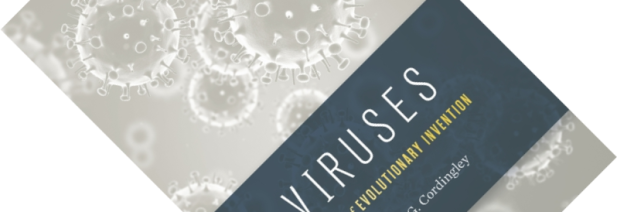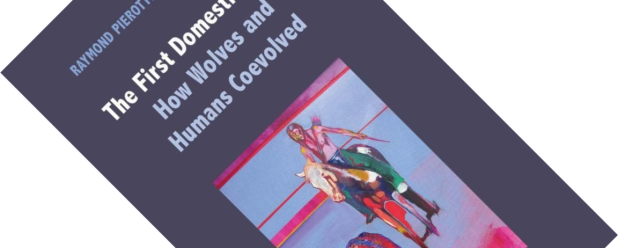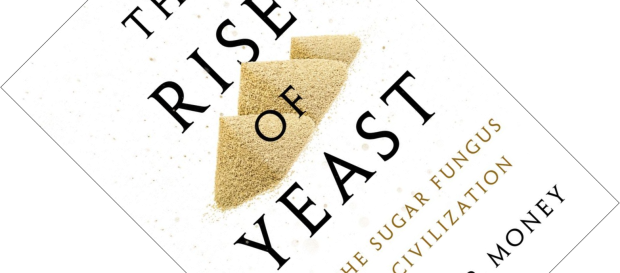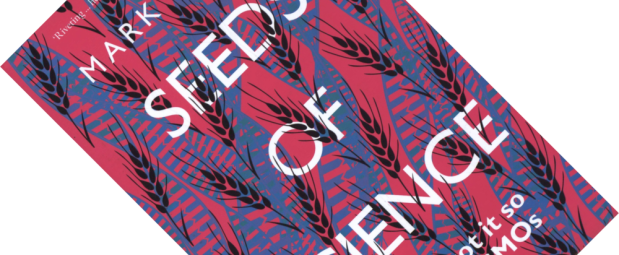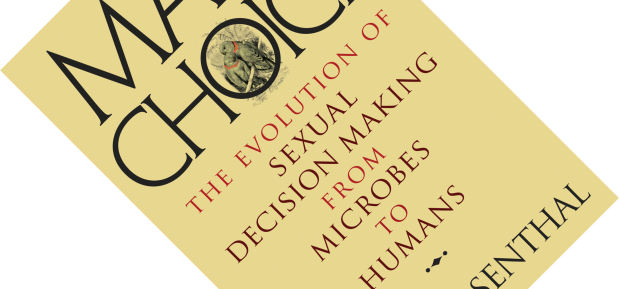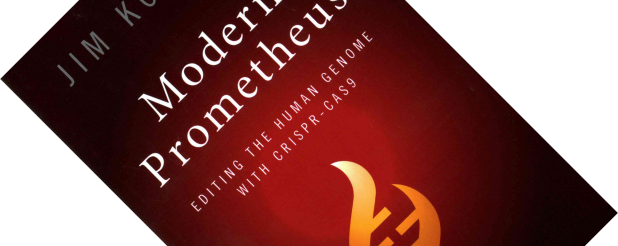Six years ago (is it already that long?) Katrina van Grouw blew me away with her gorgeously illustrated book The Unfeathered Bird, which gave a unique insight into bird anatomy. Her new book, Unnatural Selection, again features her unique combination of accessibly written text and lavish illustrations. The book celebrates the 150th anniversary of Charles Darwin’s The Variation of Animals and Plants under Domestication. In this and in On the Origin of Species, Darwin frequently referred to the rapid changes that breeders could bring about in plants and animals to make evolution understandable. And yet, biologists and naturalists don’t generally hold breeders and their breeds in high regard. In that sense, Unnatural Selection also celebrates their work and knowledge.
genetics
Book review – The Wizard and the Prophet: Two Remarkable Scientists and Their Conflicting Visions of the Future of Our Planet
If I asked you to propose solutions to some of the world’s problems and future challenges, things such as overpopulation, food production, hunger, soil erosion, resource depletion, energy production etc., what ideas would you put forth? Most likely, your proposals would build on the intellectual legacy of two men you have never heard of. Allow American journalist and writer Charles C. Mann to introduce you to ecologist William Vogt, father of the environmental movement, and Nobel-Peace-Prize-winning plant breeder Norman Borlaug, instigator of the agricultural Green Revolution.
Book review – Viruses: Agents of Evolutionary Invention
When I reviewed Planet of Microbes: The Perils and Potential of Earth’s Essential Life Forms, I remarked that microbes are everywhere. If you are willing to stretch the definition of life a bit further still, there is one entity that is even more numerous and omnipresent: the humble virus. We tend to think of viruses almost exclusively in the context of disease (see for example The Invisible Enemy: A Natural History of Viruses). But, as virologist and pharmaceutical researcher Michael Cordingley shows here, they are so much more than mere pathogens and have a huge influence on evolutionary processes in all organisms. This book paints a remarkable portrait of these unusual life forms.
Book review – The First Domestication: How Wolves and Humans Coevolved
The evolution of domestic dogs from wolves is something that has been written about a great deal. Seeing dogs are one of our oldest domesticates and very close to our hearts, there has been an intense interest in this subject. The First Domestication provides a new perspective by turning to a rich vein of knowledge that is often ignored by contemporary Western scientists: traditional stories from tribal and indigenous peoples. If the sound of that makes you roll your eyes – something I am normally much inclined to do – you would be missing out on an incredibly well-written book that deserves your full attention.
Book review – The Rise of Yeast: How the Sugar Fungus Shaped Civilisation
From the Giza-pyramid-complex-shaped mountains of dried yeast, to the visual joke on the spine (I see what you did there), The Rise of Yeast is an amusing read about fungus. In case you find that hard to believe, Nicholas P. Money, mycologist and professor of Botany, has been waxing lyrically about micro-organisms for years. Here, he highlights the humble yeast and how it has shaped human history. For without yeast there would be neither bread nor booze.
Book review – A Taste for the Beautiful: The Evolution of Attraction
Here is a strange question: does the sight of a peacock’s tail make you sick? Well, it did have this effect on Charles Darwin. The reason was perhaps more cerebral than anything else. With A Taste for the Beautiful: The Evolution of Attraction, professor in animal behaviour Michael J. Ryan gives a superbly readable and accessible account of his and other’s studies that address how sexual beauty comes about, and why we see such a bewildering diversity of traits used in mate choice.
Book review – Seeds of Science: Why We Got It So Wrong On GMOs
As a biologist, the opposition to genetically modified organisms (GMOs) both baffles and vexes me. Spurious claims are being bandied about by people and organisations who seemingly haven’t a clue about genetics, and there has been a long-running campaign of fearmongering by large conservation bodies, notably Greenpeace. Like the “debate” around climate change or creationism, the dialogue has become toxic and polarised, and anyone who does not oppose is likely to be called a “Monsanto shill”. As this is first and foremost a book review though, I will try to keep my personal views on this issue aside for another time. This book, then, has a very interesting premise. A book arguing why we got it wrong on GMOs, written by a former anti-GMO activist.
Book review – Darwin Comes to Town: How the Urban Jungle Drives Evolution
We biologists are a moody bunch, aren’t we? Forever lamenting the loss of biodiversity and unspoiled wild nature around us as humanity transforms the planet. The Anthropocene, the sixth extinction – I dare say you could accuse us of a certain doom-mongering. We ought to present a united front to the many threats unscrupulous groups in the outside world throw at our precious wildlife. So, beware the biologist that breaks rank and suggests a different narrative – he or she can expect a healthy amount of criticism. So it was with Chris D. Thomas’s recent book Inheritors of the Earth: How Nature is Thriving in an Age of Extinction (read my interview with him over at my employer’s blog The Hoopoe). And so it is with Menno Schilthuizen’s new book Darwin Comes to Town: How the Urban Jungle Drives Evolution. You leave it to us pragmatic Dutch to say out loud the things you don’t like to hear…
Book review – Mate Choice: The Evolution of Sexual Decision Making from Microbes to Humans
I have to preface this review by pointing out that I did not read this book from a fully neutral position. Gil Rosenthal, a professor in biology, ecology and evolutionary biology at Texas A&M University, does mate choice research on fish. So did I. Though he works on live-bearing swordtails and I worked on threespine sticklebacks, some of the work he discusses has been written by people I knew personally as supervisor, co-workers or colleagues. Many more publications referenced are ones I also read during the course of my PhD research. You could say that mate choice research is a field I am, errr, intimately familiar with. At least where fish are concerned. At the same time, I left academia after graduating in 2010, so this book seemed like a good opportunity to get back in touch with this research field.
Anyway. Sex.
Book review – Modern Prometheus: Editing the Human Genome with CRISPR-Cas9
After recently reading Doudna & Sternberg’s book A Crack in Creation, this book was the next one I wanted to read to learn more about CRISPR-Cas9, the new technique to edit genetic material that has been taking the world by storm. As it turns out, it was the right order to read the books in. If you have not heard of CRISPR before, I recommend you have a look at my review of Doudna’s book first.



